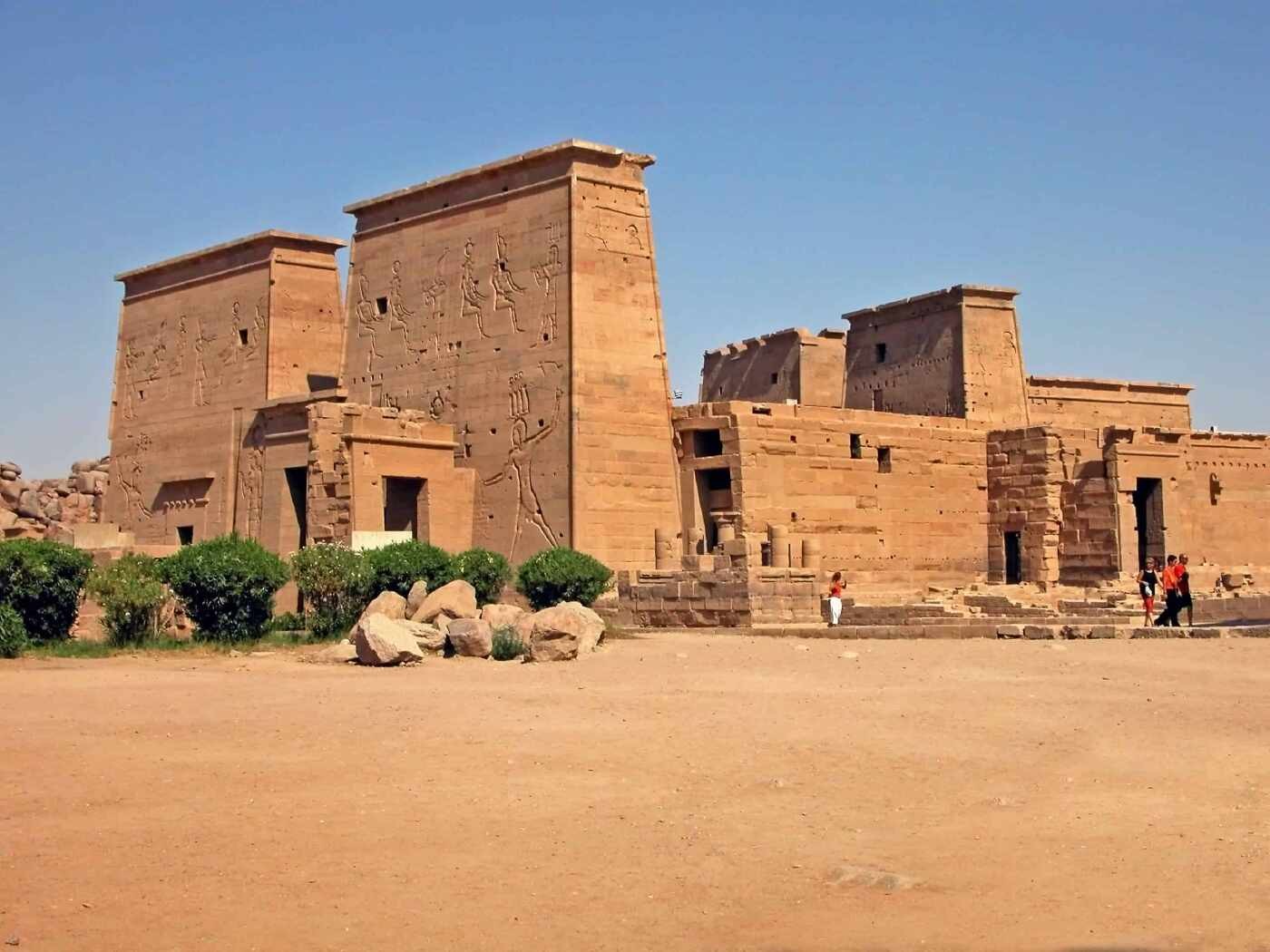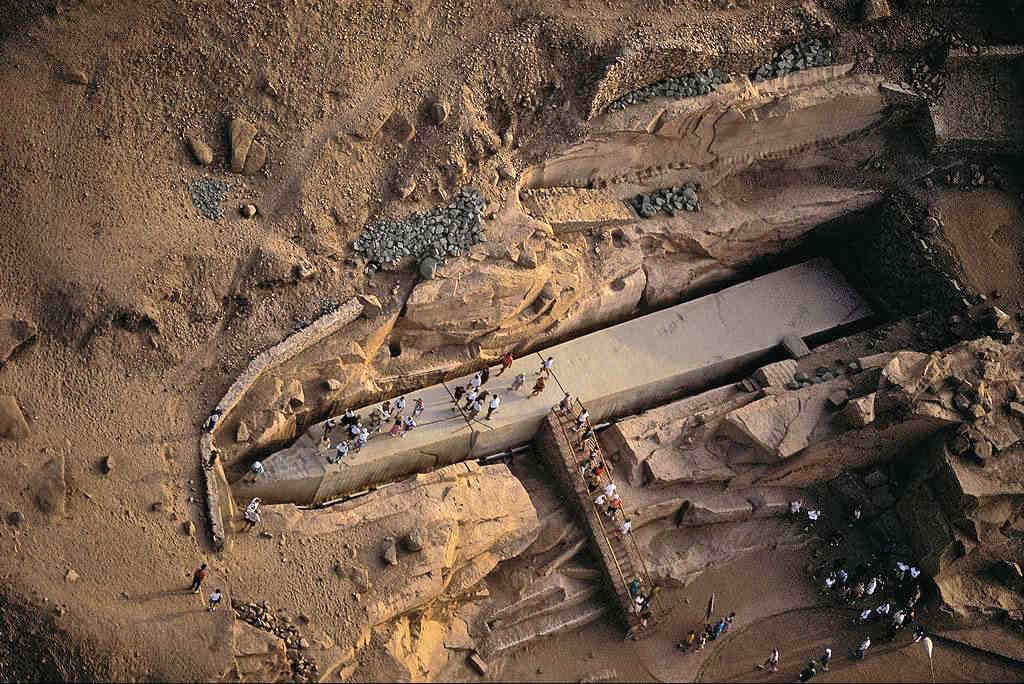Unfinished obelisk and Philae Temple | Aswan
Philae Temple

Philae was a sacred island in the River Nile where the ancient Egyptians built a temple to the goddess Isis. With the projects to the dam, the Nile - first with the Aswan Dam and later in the 1960s with the Aswan High Dam - the island became increasingly submerged and threatening the temple through Aswan day tours. As a part of UNESCO's project to rescue the traditional monuments threatened by the damming of the river, the island itself was dammed, surrounded by a high wall, until the water dropped its level and therefore the building might be digging sections and removed. The project took 10 years.
Now the temple is high up on the nearby island of Agilka and is worth a visit. Isis was a really important goddess in past. She is known as the Mother of God, giver of life, protector and healer of the kings and the temple was at the time the place of countless pilgrimages.
It is known as the pearl of the Nile, and not without deserving peculiar distinction since it is a marvel from the Pharaonic era. The temple is located on Igilika Island, in the middle of the Nile, being declared a World Heritage Site by UNESCO in 1979. Enjoy your trip now and check our Egypt tours offers
It is a temple dedicated to the worship of the goddess Isis (female goddess of love, magic and motherhood), who was rescued from the bottom after a flood from the Aswan or Aswan dam.
Legend has it that when Osiris (husband of Isis and king of Egypt) was killed at the hands of Seth (his brother), he scattered pieces of his body throughout Egypt. Isis was collecting the pieces of Osiris and rebuilding them to bring him back to life.
Isis, devastated by what Seth had done, took refuge on the island of Philae, where later, the famous temple would be built in her honor.
Unfinished obelisk

The Unfinished Obelisk is a huge granite obelisk. Three sides of the shaft, about 138 feet (42 m) long, were completed except for the inscriptions. At 1,168 tons, the obelisk would have been completed in the single heaviest piece of stone from the Egyptians. However, a crack appeared in the rock at a late stage in the process. Therefore, the disillusioned stonemasons left, so it is still partially attached to the bedrock, without any indication of what it was intended for. It gives us an excellent insight into how these massive stone sculptures were made.
As you enter the quarry, steps lead from the ramp that surrounds the obelisk pit, where there are ancient pictographs of dolphins, ostriches, or flamingos, believed to have been painted by the quarry workers.
Many questions revolve around this obelisk, how could they carve, transport, place ... these huge stones? It is something that you ask yourself throughout the whole country, and that comes to mind again, in front of this obelisk.
According to Egyptian mythology, it is thought that it may be associated with the solar cult of Heliopolis since the site where it was built coincides with the first rays of the sun during the creation of the world.
and more via our Egypt day tours